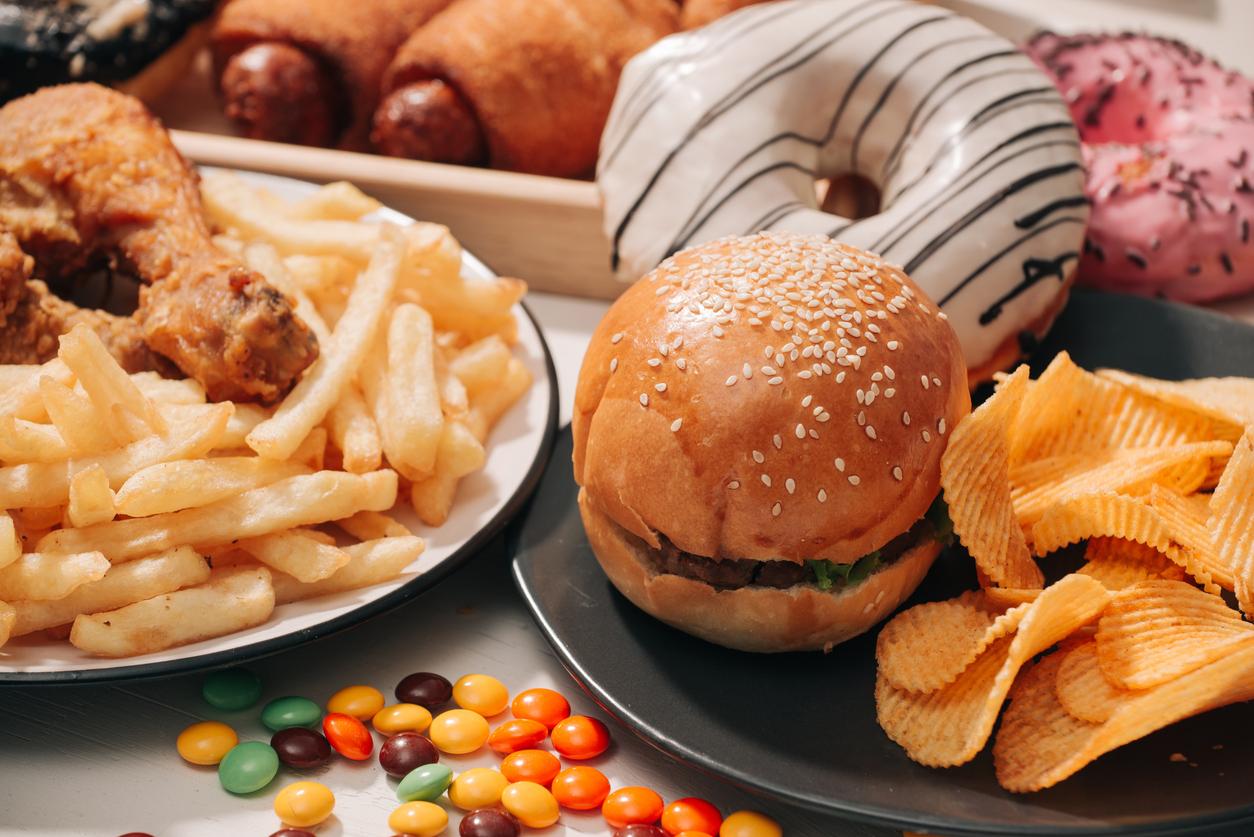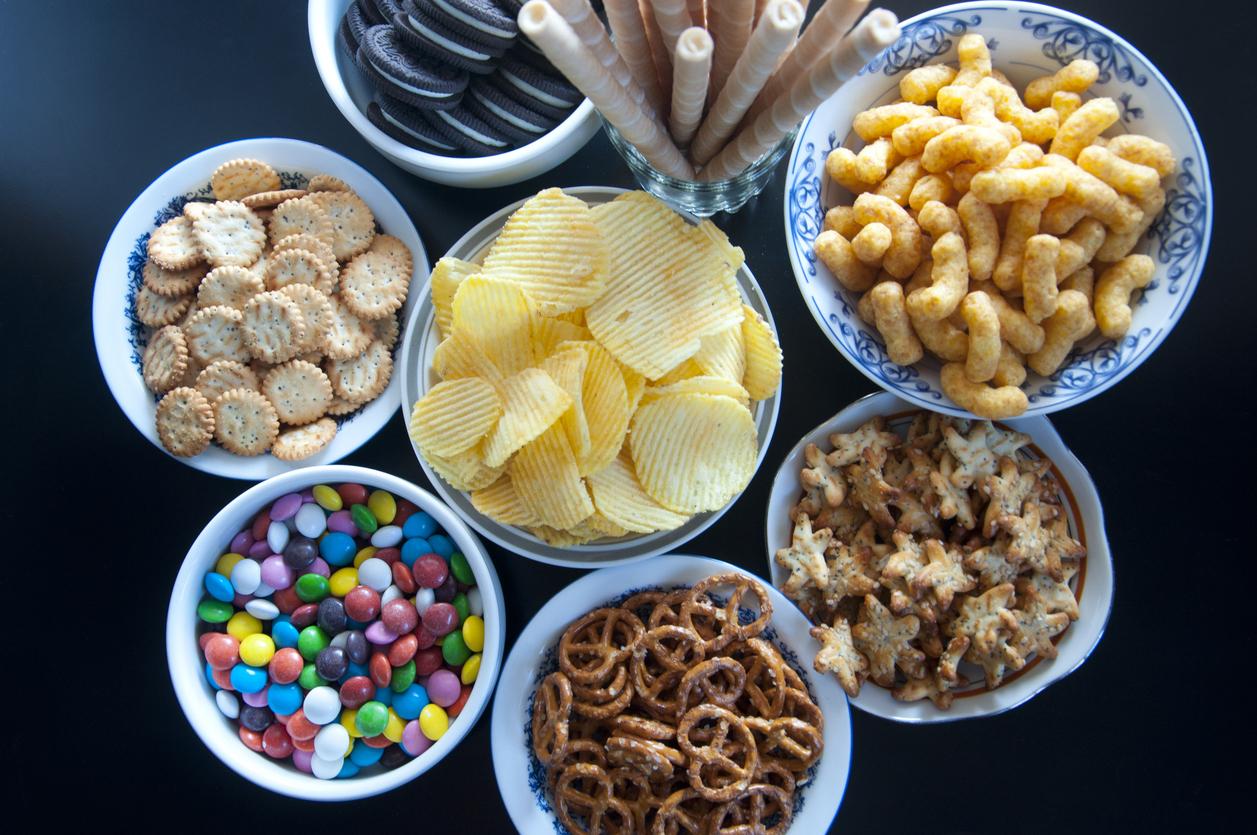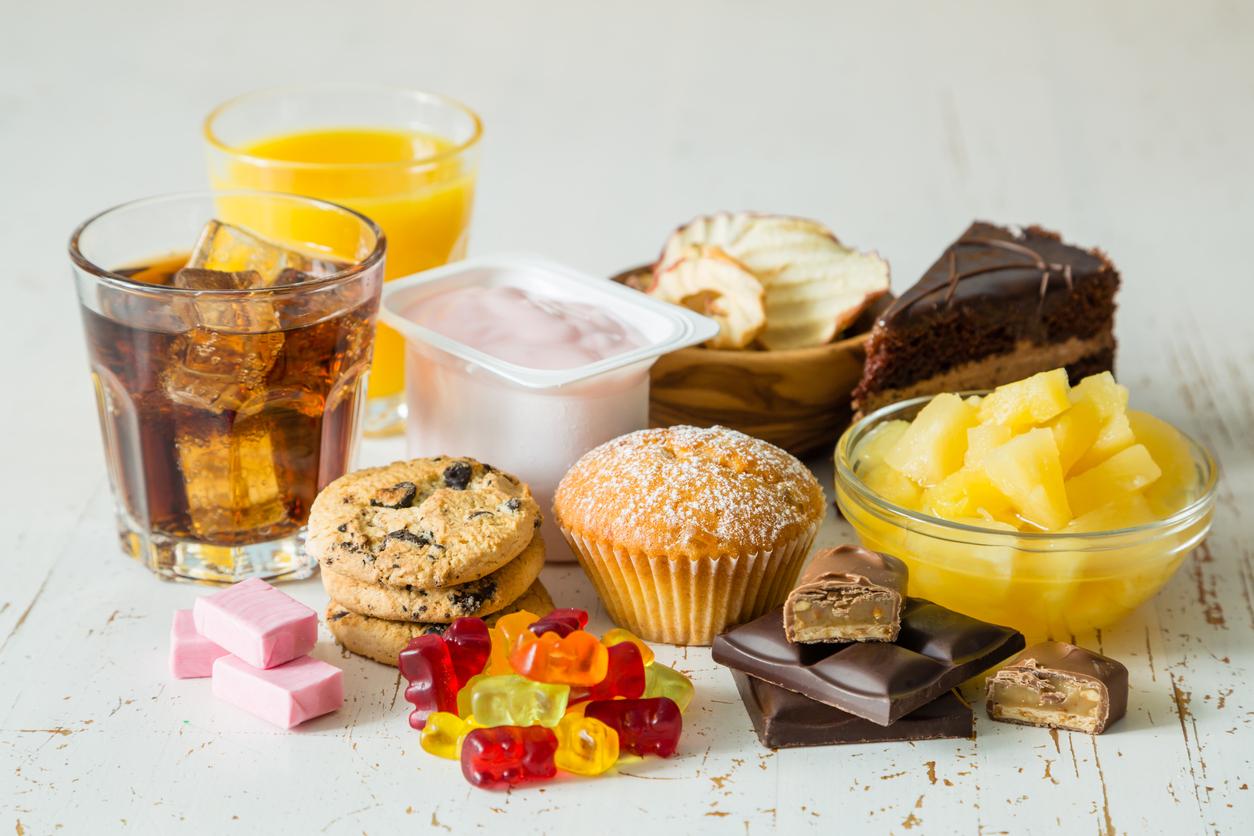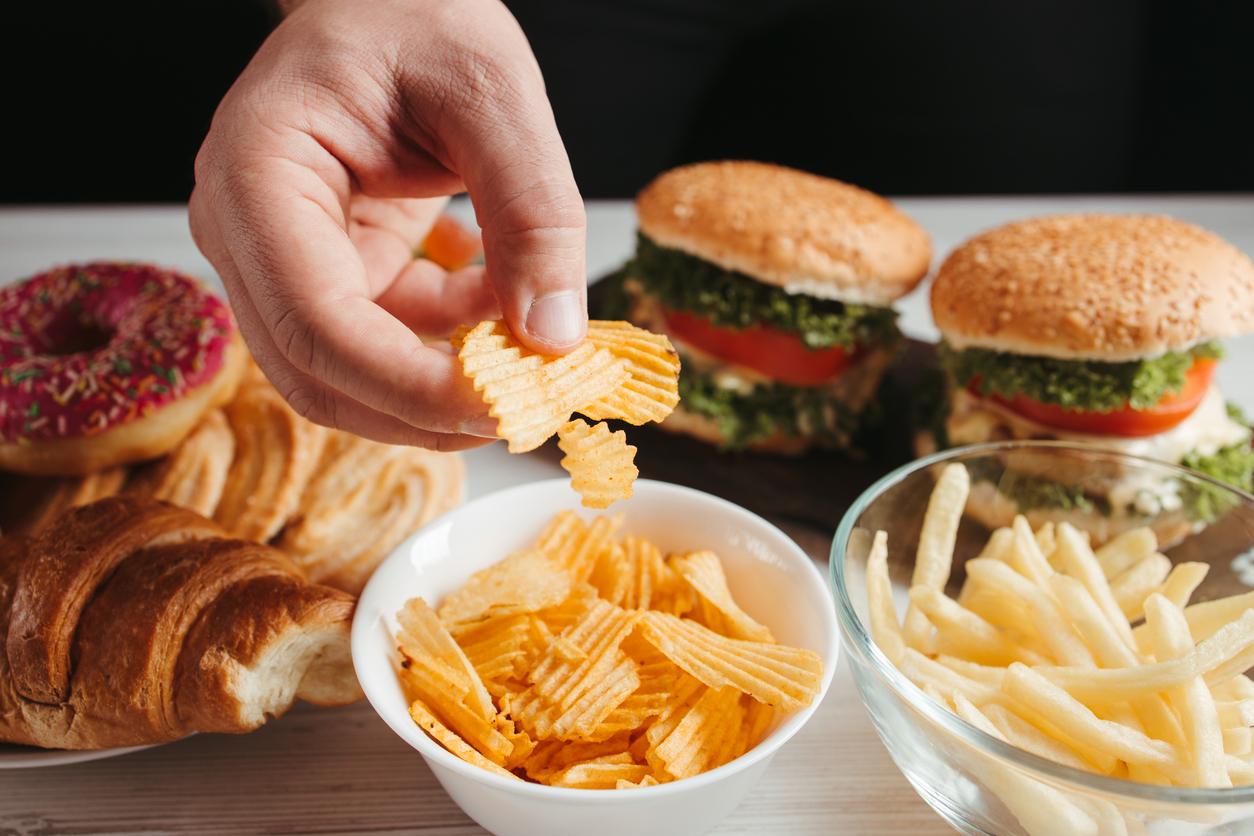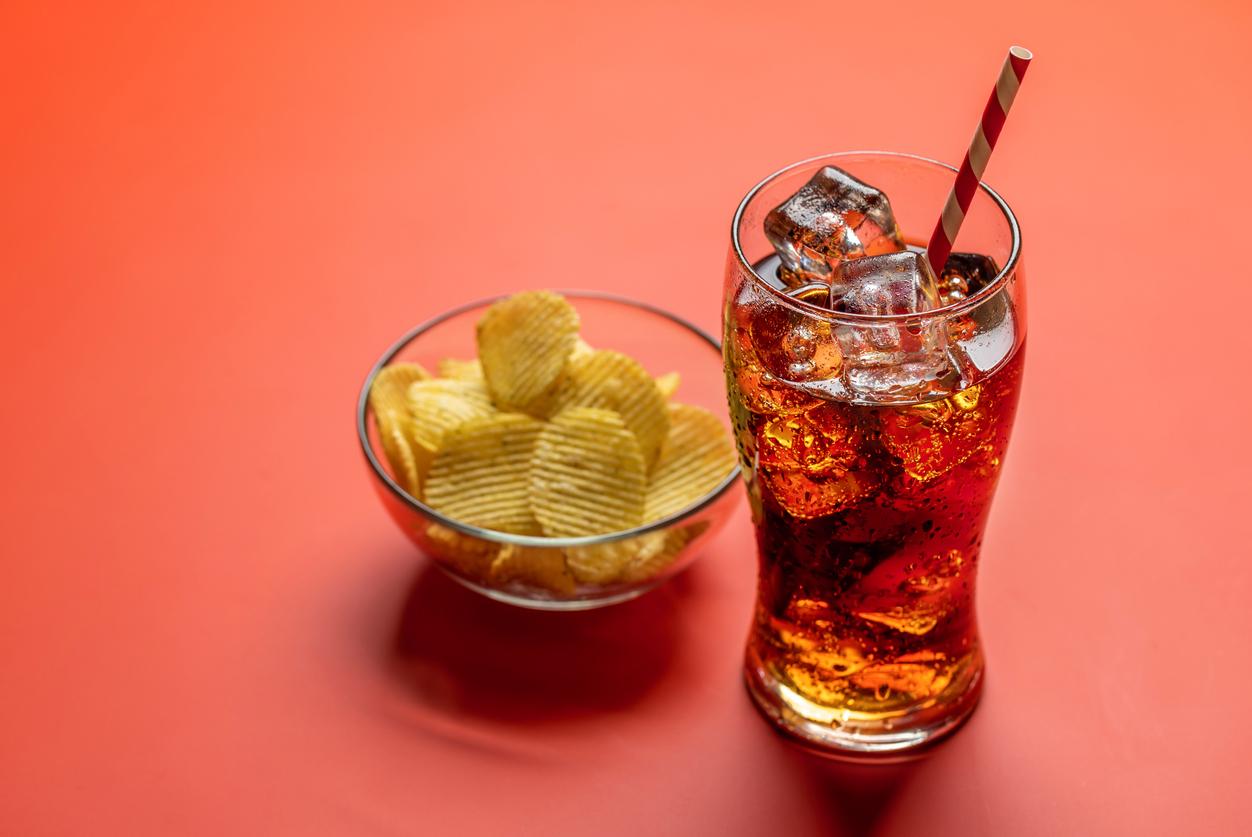According to American researchers, it would be possible to have a healthy diet, while eating mainly processed products.

- Researchers have created a menu with a majority of ultra-processed foods, but respecting the nutritional recommendations of the American government.
- It met almost all the thresholds, but had too much salt and not enough whole grains.
- However, several studies show that ultra-processed foods can be dangerous for your health.
To eat better, you have to limit ultra-processed foods. This recommendation comes from the National Health Nutrition Program of the Ministry of Health. However, American researchers believe that processed foods are compatible with a balanced and healthy diet. In The Journal of Nutritionthey develop their theory.
These scientists from the Agricultural Research Service (ARS) Human Nutrition Research Center located in Grand Forks in the United States aimed to demonstrate the possibility of building a menu corresponding to the recommendations of the Dietary Guidelines for Americans (DGA) 2020 -2025, a government document providing advice for adopting a balanced diet, while integrating processed foods.
What is a processed food?
To demonstrate this, they used a scale called NOVA. It classifies foods into four groups according to their degree of processing: 1 for unprocessed or minimally processed foods; 2 for processed culinary ingredients; 3 for processed foods; and 4 for ultra-processed foods. In the preamble to their study, the researchers point out that certain so-called ultra-processed foods, according to this scale, are rich in nutrients, “despite their level of transformation”. “All yogurts with added sugars are classified as ultra-processed products, according to NOVA, they specify. However, yogurt is a good source of important nutrients like calcium and potassium (…).” They also cite the example of whole grain breads, also classified as ultra-processed products when they are sources of nutrients.
A balanced diet with more than 90% ultra-processed foods
To test whether ultra-processed foods can be incorporated into a healthy diet, the researchers created a breakfast, lunch, dinner and snack menu with a seven-day, 2,000 daily calorie eating plan. “The foods included in the menu comply with the DGA’s recommendations for servings of groups and subgroups of fruits, vegetables, cereals, protein foods and dairy products”, they note. Scientists have selected food products that contain less saturated fat and added sugars while containing enough micronutrients and macronutrients. “Some of the ultra-processed foods used on this menu were canned beans, instant oatmeal, ultra-filtered milk, whole-wheat bread, and dried fruit.”, they point out. In total, the food plan they put together contained 91% ultra-processed foods. “The menu we developed scored 86 points out of 100 on the 2015 Healthy Eating Index, meeting most thresholds except for sodium content and whole grains.” For the first, the diet exceeded the recommendations and for the second, it did not contain enough whole grains.
Ultra-processed foods: what effects on health?
For the authors, these results show that it is possible to have a healthy diet with ultra-processed foods. But they intend to continue their work, because other studies have shown that these products could have harmful effects on health. “Several characteristics of ultra-processed foods lead to the belief that they could have negative effects on health, as suggested by some twenty epidemiological studies recently published in France and around the world.is it indicated in the Eating and moving program. According to the site, these products are of lower nutritional quality, may contain additives and processing could impact our ability to absorb the nutrients they contain.








